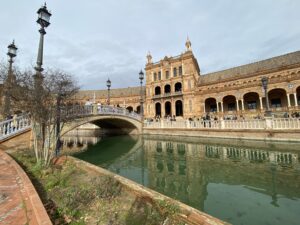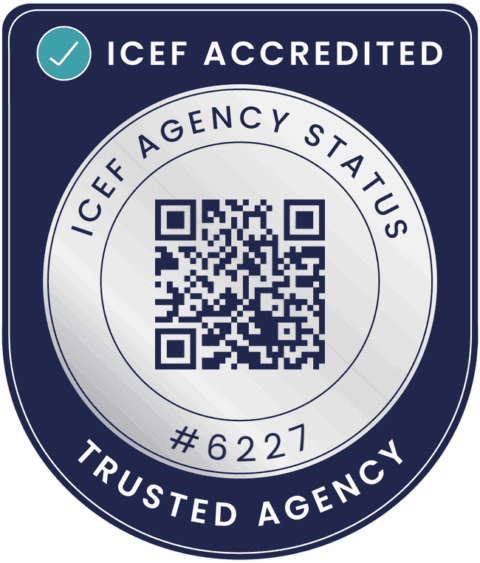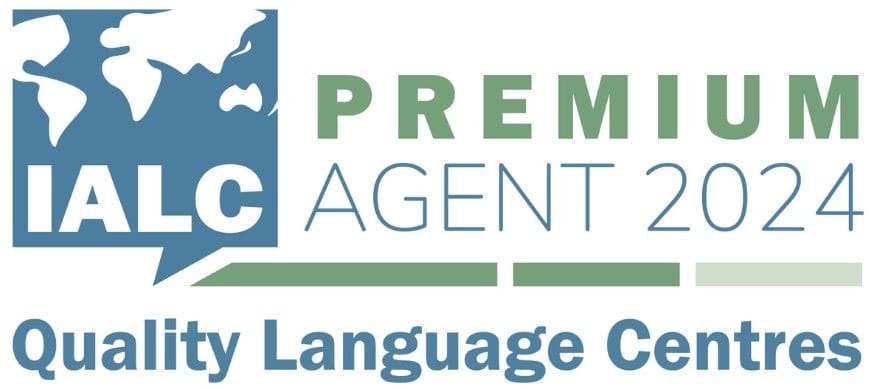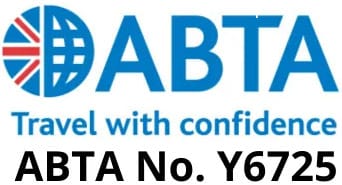When you think of Spain, you might picture flamenco dancers, sunny beaches, and siestas, but this country is far more diverse than those familiar images suggest. In this blog post, Blue Stamp Travel’s Managing Director, Steve, takes a look at three of the regions which are popular with tourists and language students alike.
One Spain, Seventeen Regions
From the rugged green mountains of the north to the sun-drenched plains of the south, Spain is a patchwork of regions that offer a fascinating glimpse into the country’s rich identity. Spain is made up of 17 autonomous communities, each with its own history, culture, and even language. Plaza de España in Seville celebrates the 17 regions of Spain, each with its own highly decorated mosaic bay in the structure.
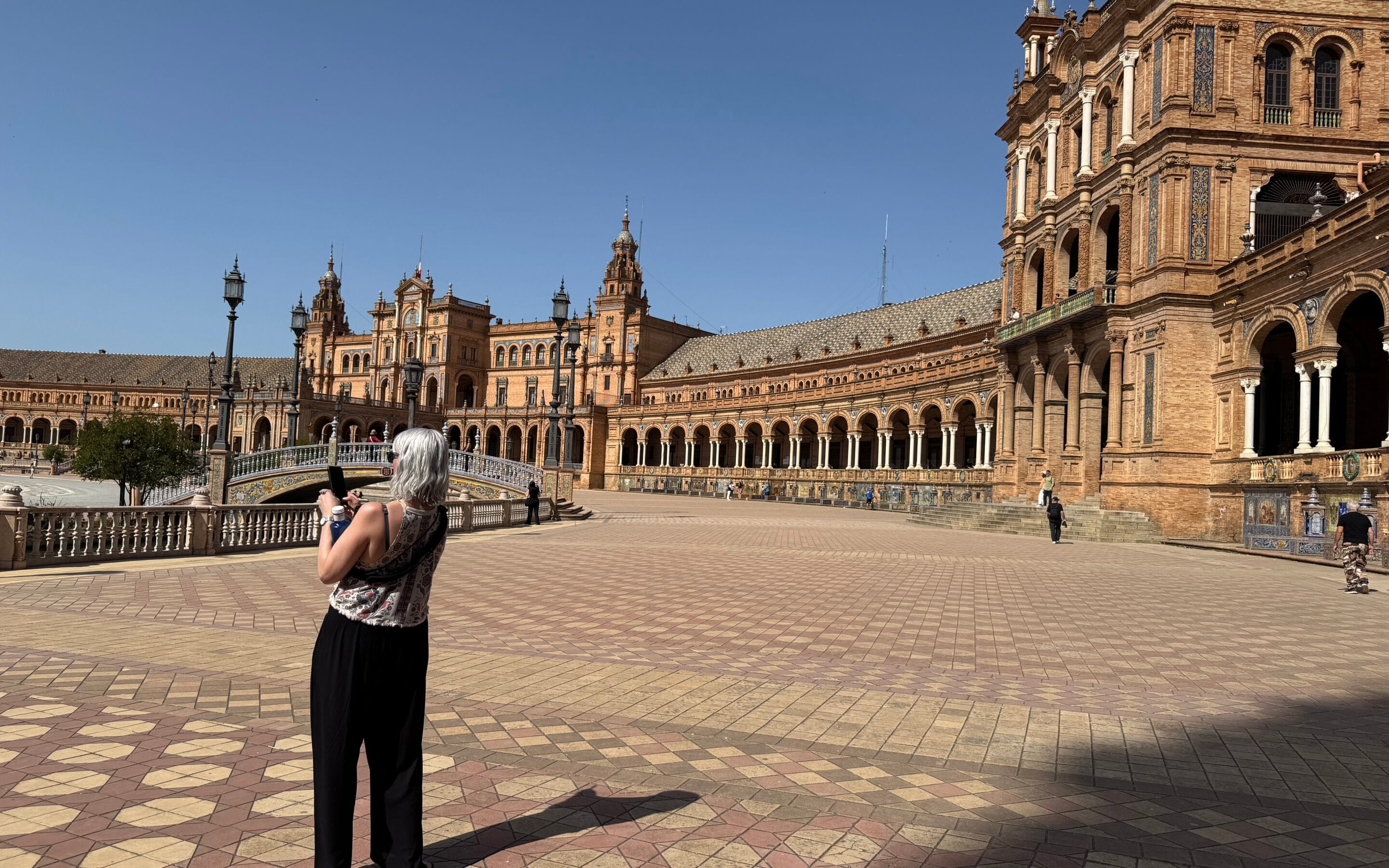
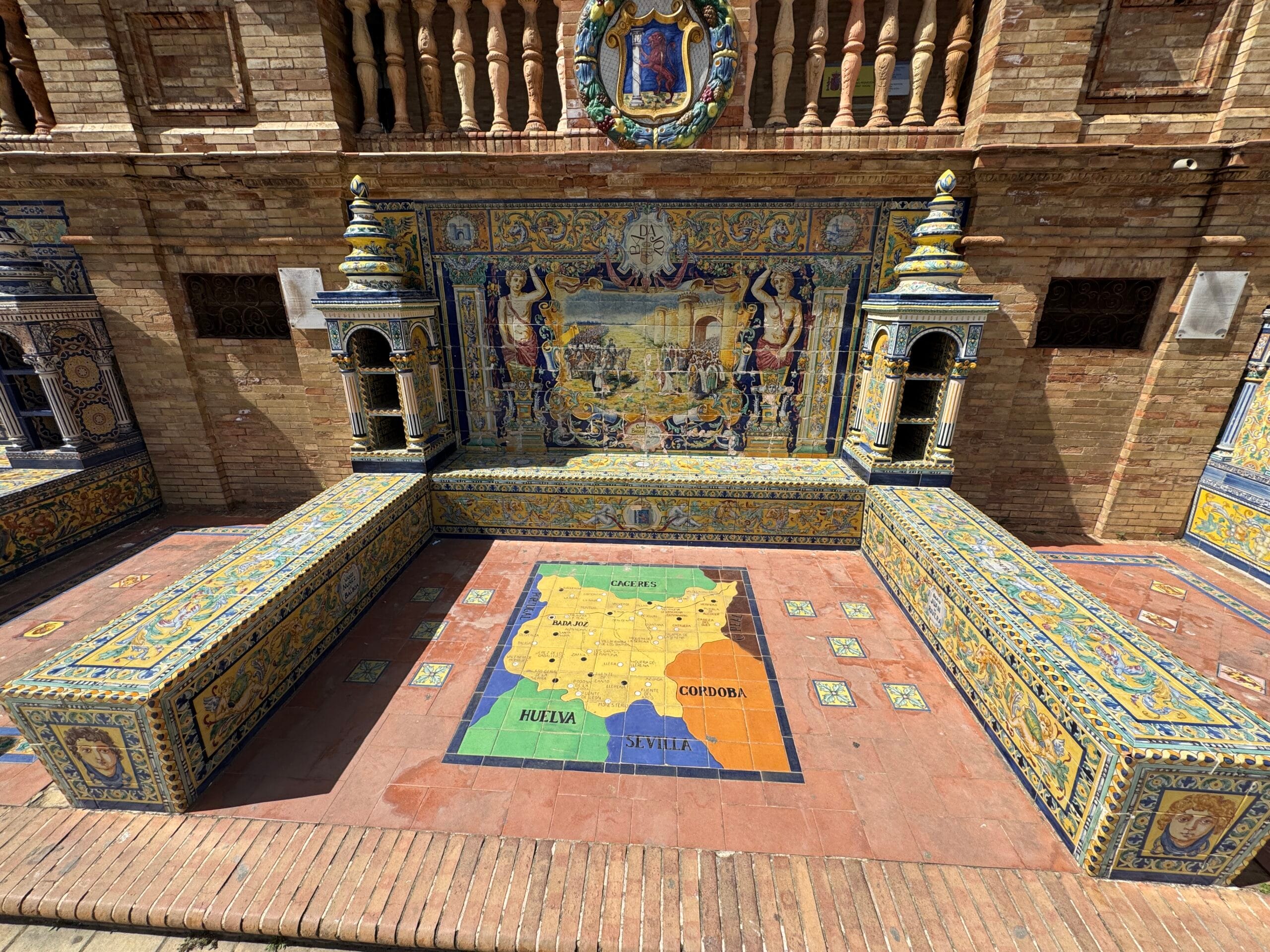
A nation of contrasts
Spain’s geography has played a huge role in shaping its regional diversity. In the north, Galicia has deep Celtic roots and a language that’s closer to Portuguese than Spanish. The Basque Country is famous for its unique language (Euskara) and strong sense of independence. Castile and León, in the heart of Spain, is considered the birthplace of the Spanish language. Meanwhile, the Canary Islands off the coast of Africa boast volcanic landscapes that look more like Mars than Madrid.
Let’s dive deeper into Valencia, Andalucía, and Catalonia—regions that are not only culturally rich but also central to understanding modern Spain.
Valencia: where tradition meets innovation
Located on Spain’s eastern coast, Valencia is known for its dynamic mix of old and new. It’s the birthplace of paella, Spain’s most iconic dish, originally made with rabbit, chicken, and green beans—quite different from the seafood version tourists usually expect.
Valencia is also famous for Las Fallas, a festival every March where huge, cartoonish sculptures are burned in a spectacular display of fire and fireworks. But it’s not all tradition: the city boasts the ultra-modern City of Arts and Sciences, a stunning architectural complex that includes a planetarium, aquarium, and interactive museum.
The Valencian language, a variety of Catalan, is co-official here alongside Spanish, reflecting the region’s dual identity. That said, for students studying in Valencia, lessons are in Castilian, the form of Spanish assessed in UK exams. Equally, in the city you will be able to practise your Spanish perfectly, just like in other regions of Spain.
Why not investigate an Intensive Spanish Course, A Level Spanish Revision package or our hybrid Work and Study in Valencia?
Andalucía: the soul of Spain
If you want to experience the “classic” Spain – think flamenco, bullfighting, Moorish palaces – then Andalucía is the place for you. This southern region has a rich and complex history, having been under Islamic rule for nearly 800 years. You can still see the influence in architectural wonders like the Alhambra in Granada and the Alcazabar in Malaga.
Andalucía is also the birthplace of flamenco, a passionate and expressive art form that combines music, singing, and dance. While flamenco might feel like a tourist cliché, it’s actually a deeply emotional tradition with roots in Romani, Moorish, and Jewish cultures.

The region is also home to Seville, one of Spain’s most beautiful cities, and Málaga, a cultural hotspot and the birthplace of Pablo Picasso.
For a more in-depth look into Andalucía, why not read our blog post An Action-Packed Short Stay in Andalucía?
If you are looking for Language Courses in Andalucia, we have options in Malaga, Seville and Granada.
Catalonia: a region with a unique voice
Moving northeast, we arrive in Catalonia, a region that’s often in the news due to its strong independence movement. The capital, Barcelona, is one of Europe’s most popular cities, famous for its beaches, nightlife, and the surreal architecture of Antoni Gaudí, especially the still-unfinished Sagrada Familia.
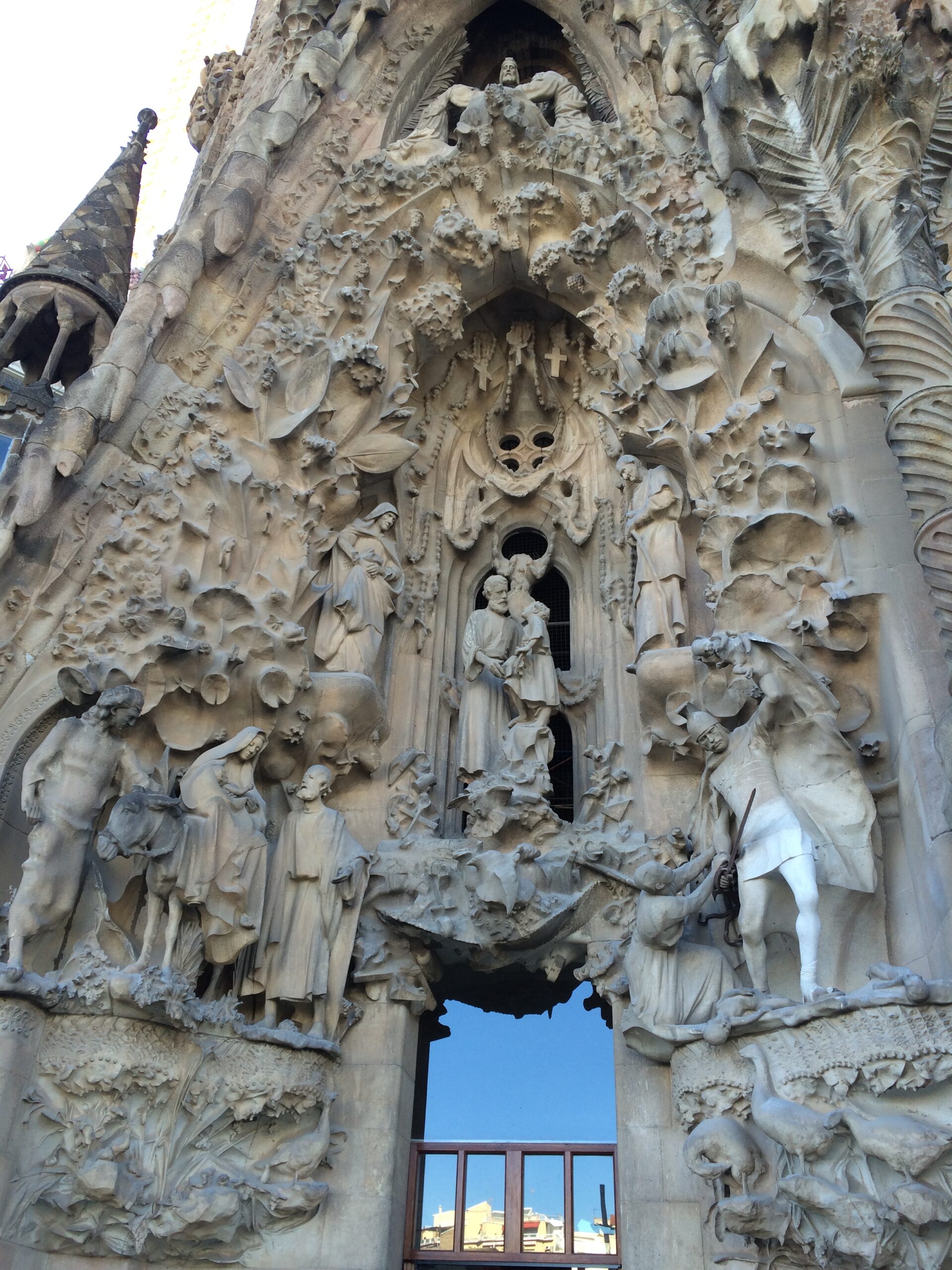
Catalonia has its own language (Catalan) and a deep sense of identity that sets it apart from the rest of Spain. It has a thriving economy, a rich literary tradition, and a unique blend of Mediterranean and European influences.
Catalan culture values civic pride, innovation, and art. The region also celebrates distinct festivals like La Mercè and Castells, where teams build towering human pyramids in a thrilling show of balance and cooperation.
Again, at the language school in Barcelona, students learn Castilian Spanish.
Why It Matters
Understanding the diversity of Spain’s regions is key to understanding the country itself. Each community contributes something unique to the national identity—whether it’s food, music, language, or politics.
For A-level students studying Spanish or interested in Spain’s culture, exploring regional differences offers a deeper, more authentic view of the country than what you might get from tourist brochures.
So next time you think of Spain, remember: it’s not just one story – it’s 17.




